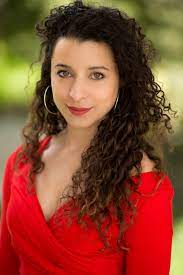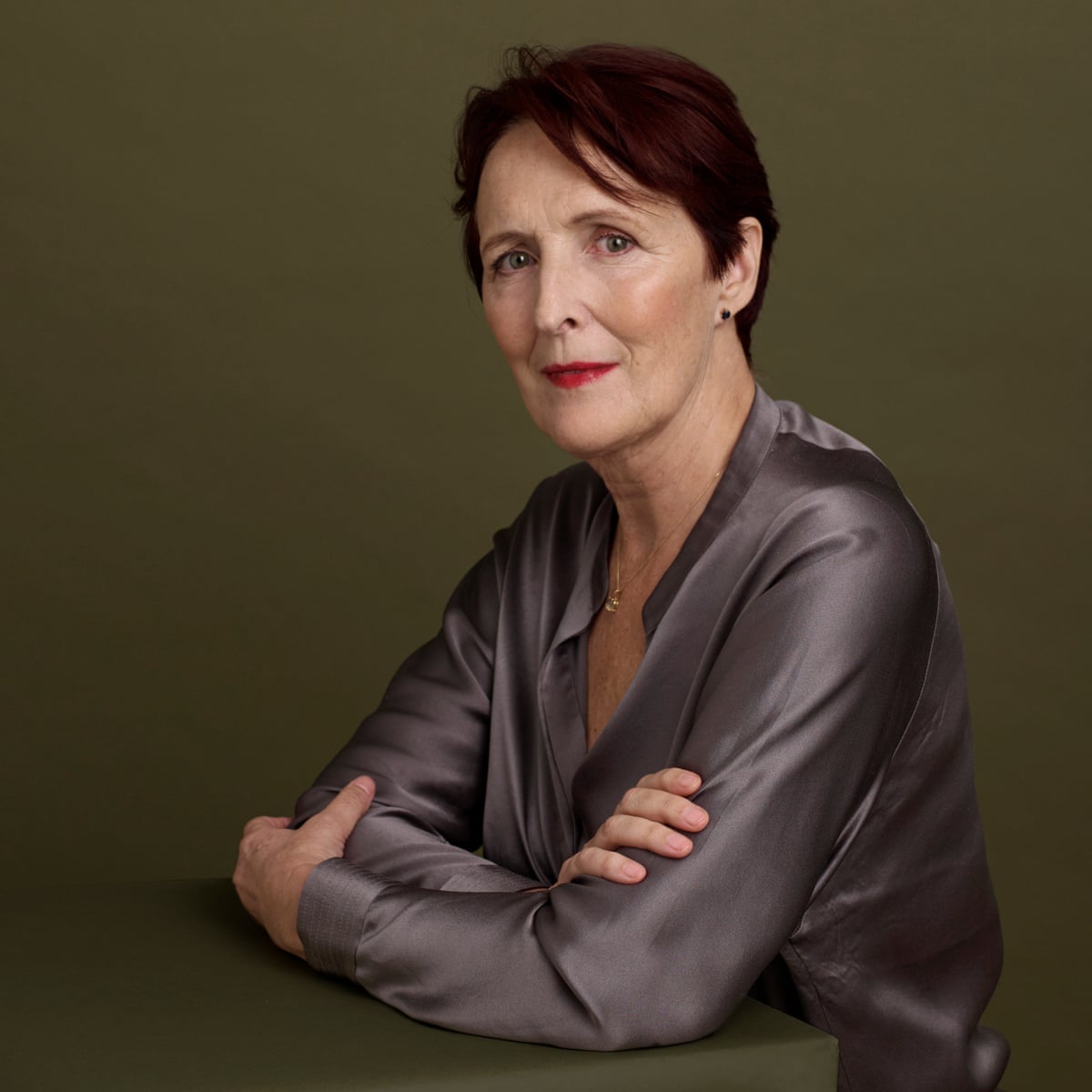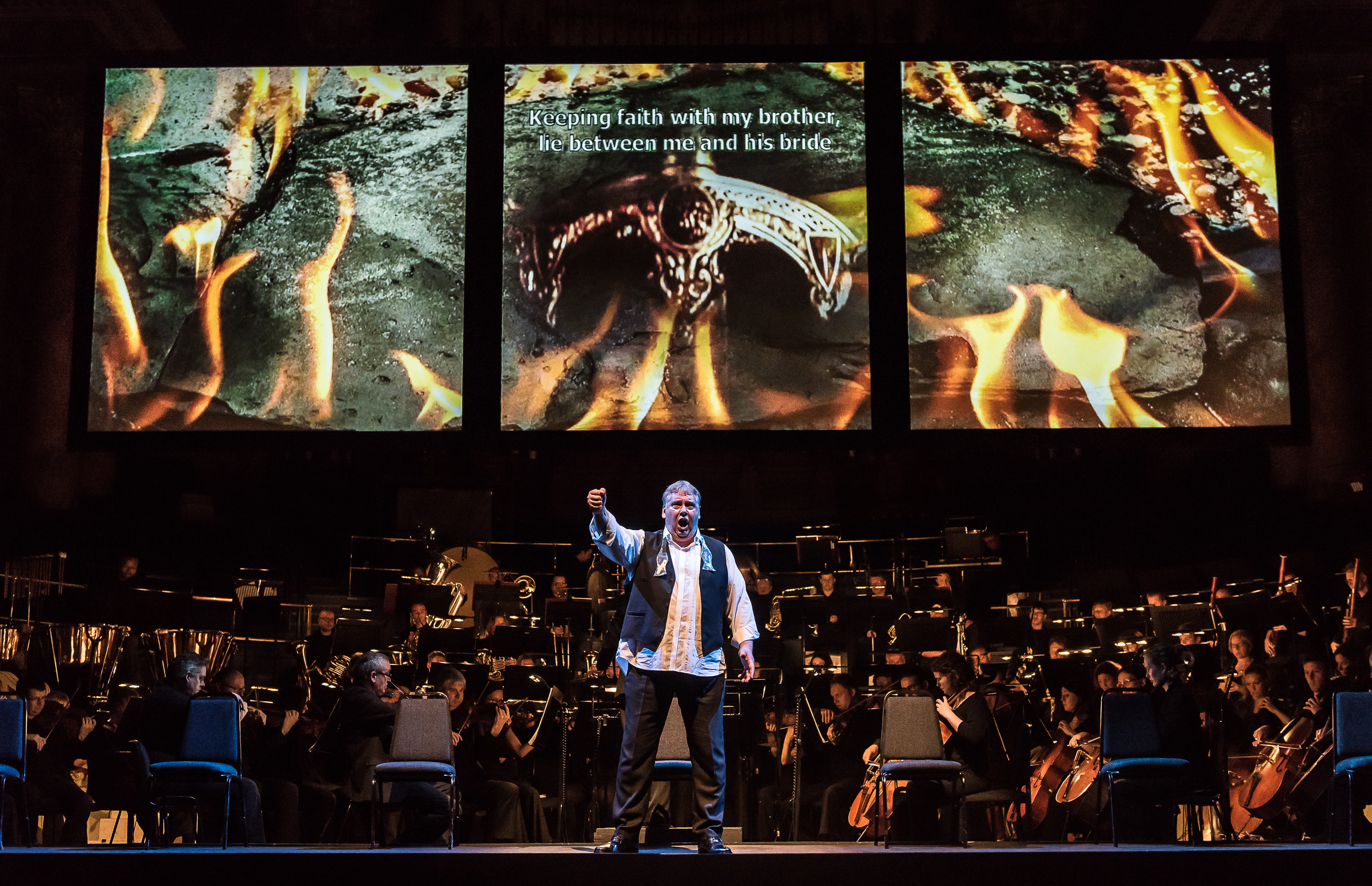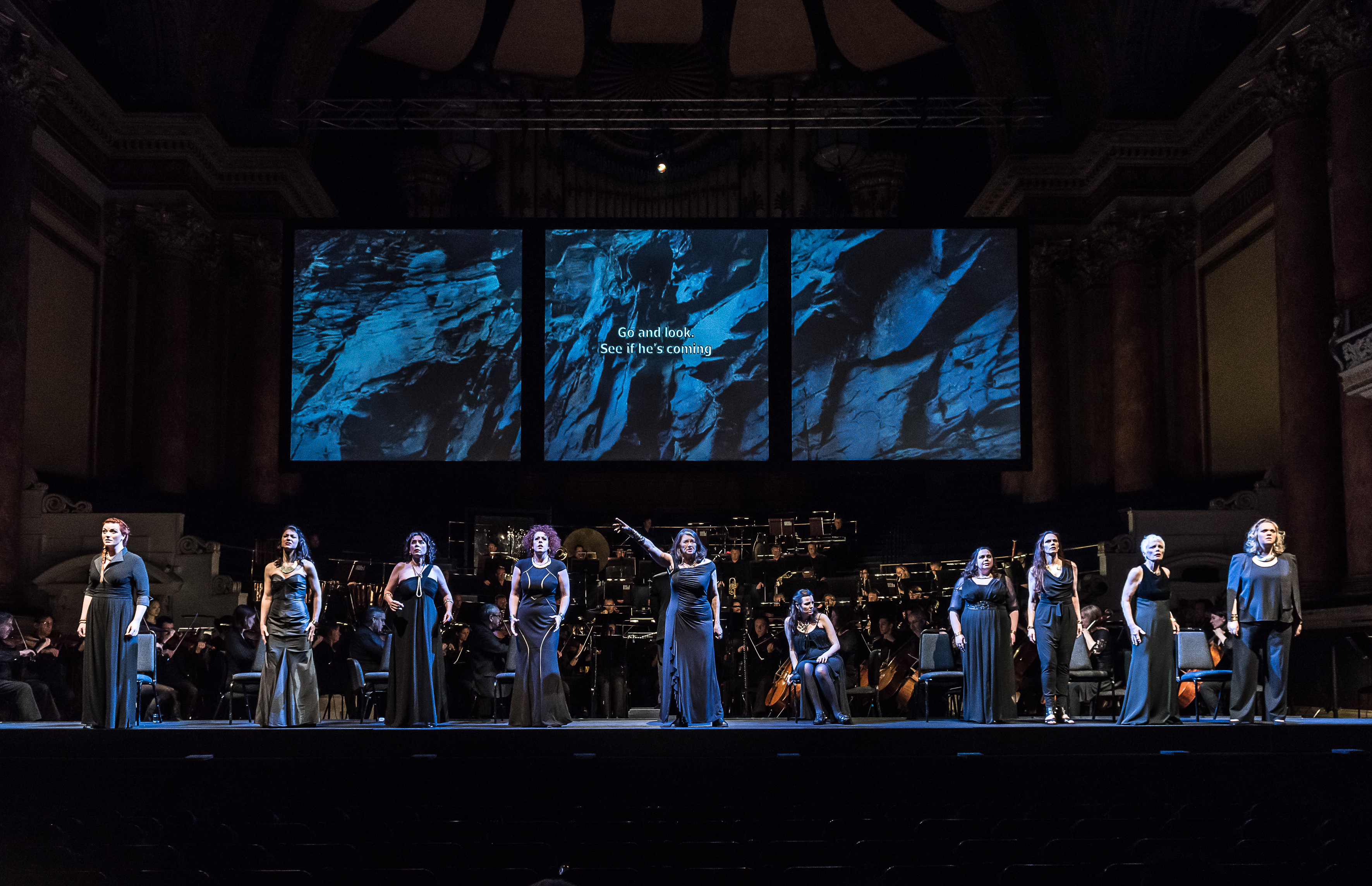The second of a pair of coffee concerts from Opera Up Close –at a time when live audiences are not permitted – this 30 minute programme explores the links between Shakespeare and opera. It also offers a few entertaining, sometimes moving thoughts about spring, new life and hope for the future.
We start with tenor Joseph Doody and soprano Claire Wild as Nannetta and Fenton duetting a Falstaff extract from their own homes with Kelvin Lim on piano also in his own home.
This is followed by Claire Wild, smilingly cross legged on her sofa bringing oodles of youthful excitement to Gounod’s take on Juliet – the change of key and mood for the middle section sensitively negotiated before an exuberant accelerando as Gounod brings her back to the original melody.
Another fine performance is actor Lara Steward perched on a window sill doing Juliet’s “Gallop apace” speech in British Sign Language. It is eloquent, passionate, sparkily bright-eyed and is quite a treat to see BSL silently allowed to speak for itself rather than being an added-on accompaniment to conventionally spoken dialogue.
Other high spots include Joseph Doody searching for Sylvia with Schubert and, back to Falstaff, the rich-voiced baritone Rodney Earl Clarke being outrageous by 21st century standards as Ford. “Only a fool wastes his time with a woman” and “How will I make her suffer?” he sings – his top notes finding all the clarity and resonance of a massive bell.
What an inspired idea, then to follow that with Isabella’s horrified commentary on male domination in Measure for Measure. Kat Rose-Martin’s warm, Northern voice gets the revulsion and disbelief perfectly and somehow makes it seem totally topical. I liked her monologue poem too in which, as an actor, she bewails the compliance of so many women in Shakespeare. “Stop the swooning and start to sway” she advises them. It’s wryly witty but the points it makes are deadly serious.
It makes sense to finish with an upbeat trio (Finzi’s It was a Lover and his Lass) and even though the syncing is slightly off here so that the three singers are not always quite together, it didn’t spoil my enjoyment of this thoughtful little concert.
Susan Elkin





